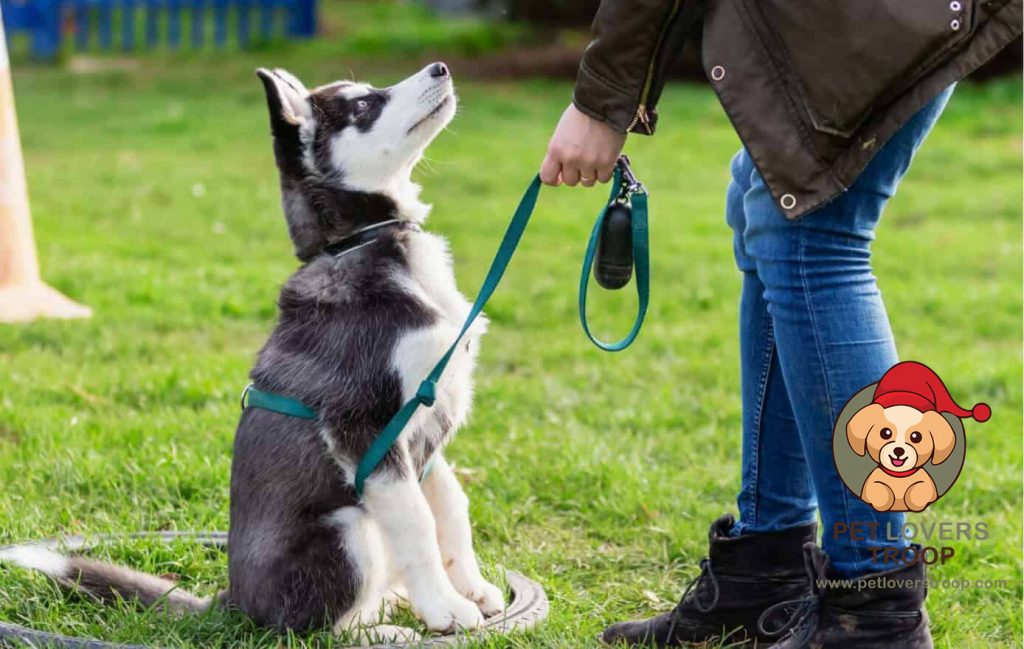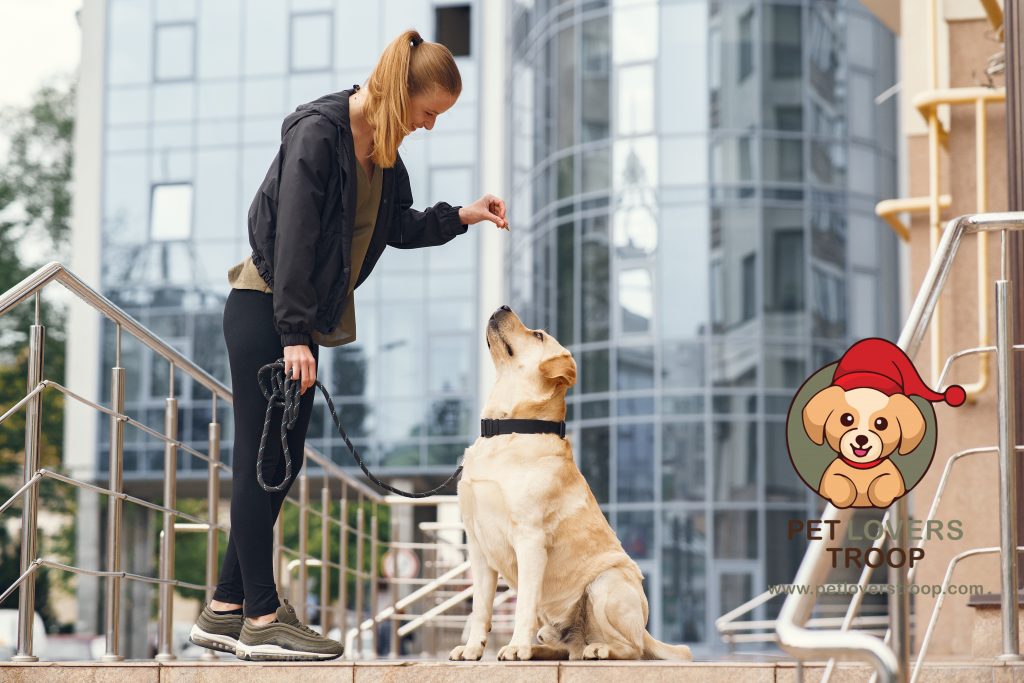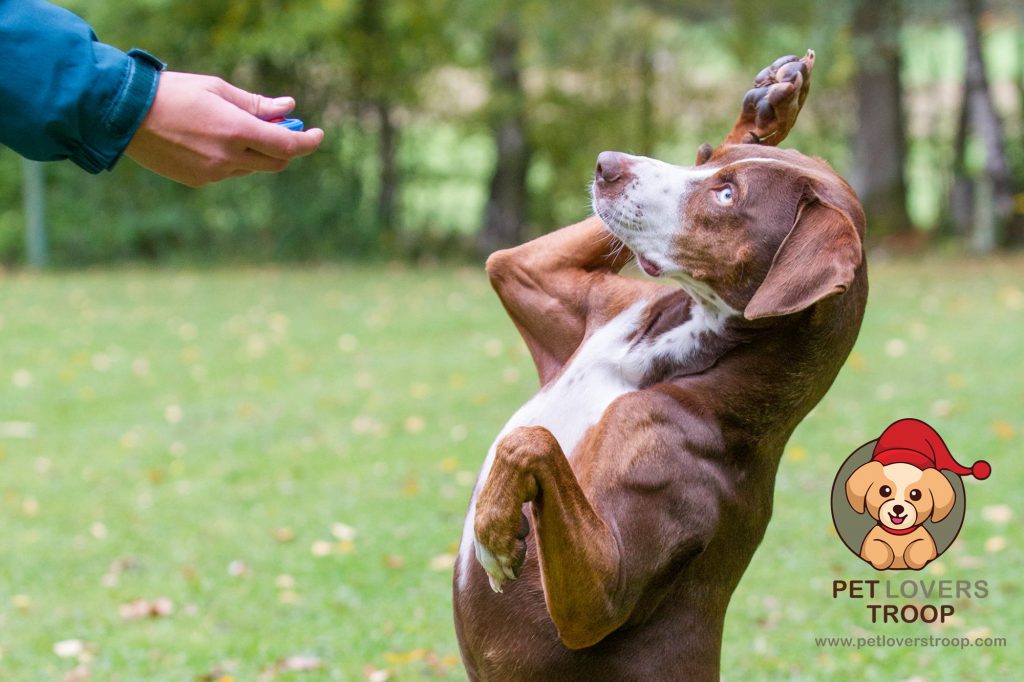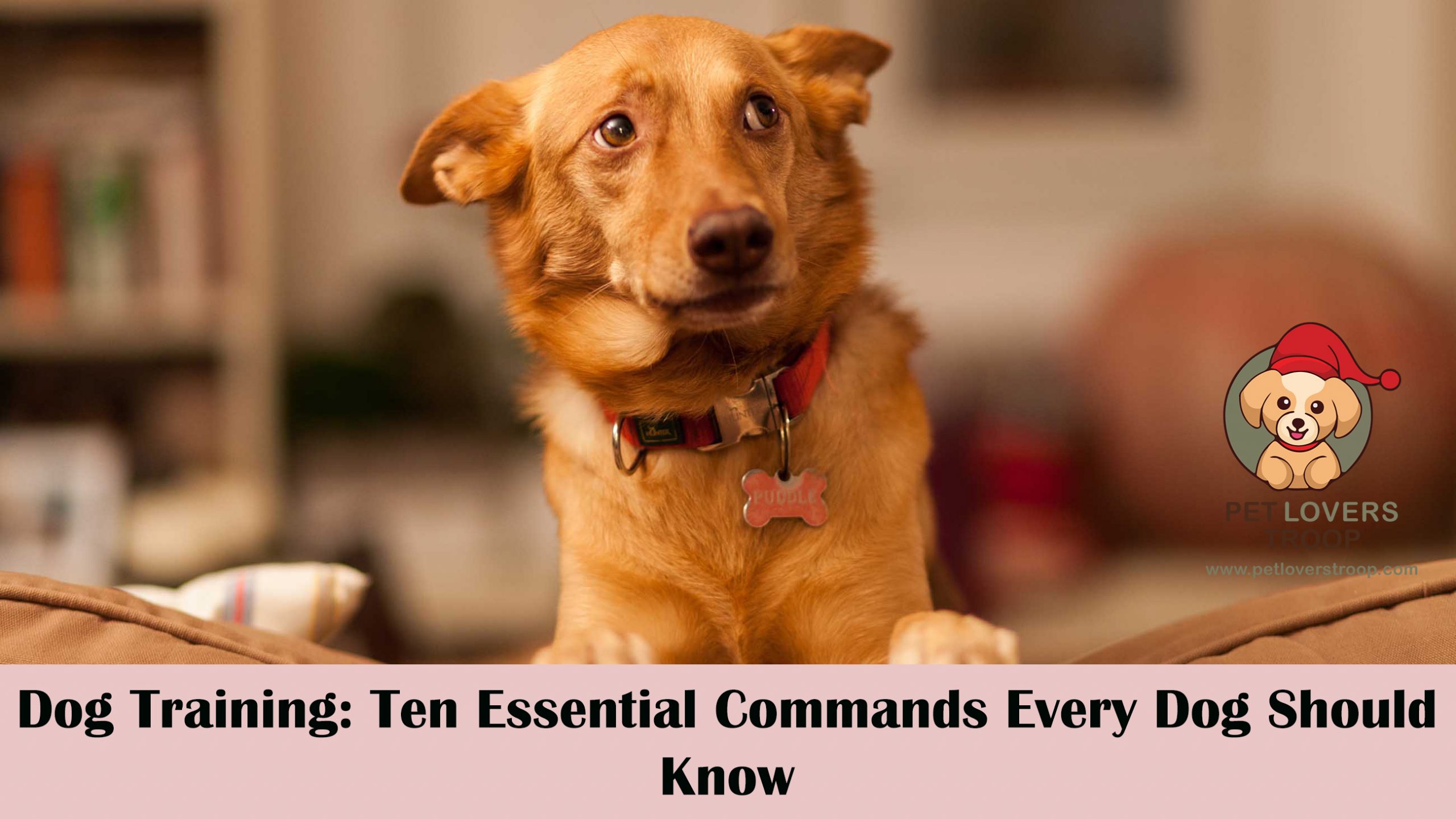From sit to fetch, learn the top ten essential dog commands, and transform your furry pal into an obedient star!
Dog training is paramount to responsible pet ownership, and teaching your furry companion basic commands can significantly affect their behavior and well-being. Training your dog guarantees compliance with your instructions, enhances their mental stimulation, strengthens your bond, and develops a sense of protection for you and your furry friend.
Read More: Planning to buy a fish aquarium? Ten tips that can help you choose the right size and type
Learning when and how to train your dog can be confusing, whether you’re a first-time or experienced owner. If you have a puppy or an adult dog, we’ve sought advice from dog training experts. In this article, we will explore the ten essential commands every dog owner should know, highlighting the importance of dog training. These dog commands constitute the foundation of effective communication between you and your canine friend, encouraging obedience, safety, and a cooperative relationship.
So let’s explore the dog training world and the ten essential commands every dog owner should know.
How are dogs trained?
Dogs are typically trained through positive reinforcement techniques, such as treats, praise, and clicker training. Consistency, patience, and repetition are vital in teaching dog commands and behaviors. While training a puppy, focus on basic commands like sit, stay, and come. Use rewards like treats and verbal praise to reinforce positive behaviors. Keep dog training sessions short and consistent, and be patient as puppies learn at their own pace.
Home training for dogs: Tricks to teach your dog
Here are some simple dog commands and tricks you can prepare your dogs:
Sit

The command “sit” is an integral part of dog training. It’s a simple but significant command that helps manage your dog’s behavior, especially when you want them to calm down and avoid jumping. To teach your dog to sit, you can use their favorite treat. Show the treat to your dog and slowly raise it above its head. Since they can’t reach the treat, they will likely sit to keep an eye on it.
When their bottom touches the ground, make a clicking sound (or say “good”) and give them the treat. Repeat this process multiple times until your dog understands. Then, you can replace the clicking sound with the word “sit” and use it as the command. Some owners prefer not to use a clicking sound and instead say “sit” directly when their dog sits.
Read More: Healthy Homemade Dog Treats? Recipes That Your Furry Friend Will Love
Consistency is crucial when teaching any command. Always use the same word and hand signal, and reward your dog promptly when they do what you want. With practice and patience, your dog will learn that “sit” means to sit down, which will be very helpful in training your dog.
Name
Before you start training your dog for other activities, teaching them to recognize their name is essential, as establishing discipline is a crucial step. When you address your dog by its name, teaching those dog commands and exercises becomes easier. You can tell if your dog is responding well when they look at you or pay attention when you call their name. Remember to reward them or show affection when they do it correctly.
To begin, gather some treats or your dog’s food bowl. Please keep your dog on a leash next to you and call them by their name. Once you say their name, offer treats or a small amount of their food. Repeat this process multiple times in a row. Say their name, and when they look at you, click a clicker and give them a treat. Keep repeating these steps until your dog responds immediately to their name and makes eye contact.
Read More: Dog Training 101: How to Completely Train Your Dog
After a few days of practicing indoors, you can practice outdoors during your regular walks. Make sure to have some tasty treats during dog training, and be prepared to reward your dog for its desired behavior.
Come

When training your dog with essential commands, “come” is crucial for their safety. It can save their lives if they wander off or find themselves in a dangerous situation.
To train your dog to respond to “come,” start by putting them on a leash in a calm, distraction-free place. Then, call their name and say “come” clearly and cheerfully while gently pulling on the leash. When your dog comes to you, reward them with a treat. Remember, this dog training will require consistency over several days, so be patient and persistent.
Read More: Epileptic Seizures in dogs: Symptoms, associated risks and how to comfort them
Once your dog has learned to come reliably, you can use this command to bring them back if they start following their instincts or chasing something into a potentially dangerous area, like a street. You can also use it to call them back from playing in the yard or to come to you for things like taking medicine, getting their nails clipped, or enjoying some cuddle time.
Stay
Stay is a helpful command that works well with sit. It’s useful for teaching your dog to stay in one place without moving. This command is vital in everyday life because it can prevent your dog from getting into dangerous situations or causing any harm to others.
To teach your dog to stay, tell them to sit or lie down. Once they are in a stable position, use a clear and firm voice to say “stay” while showing them a hand signal, like an open palm facing them. Start with short durations, just a few seconds, and gradually increase the time they should stay.
Using the stay command, you can keep your dog safe and prevent them from causing trouble. It also helps train them to wait and understand that you are in charge since stay can be challenging for dogs, practice in short sessions, and gradually increase the duration.
Down
Teaching your dog, the “Down” command can be challenging, but it’s beneficial for them to learn. It not only looks cute, but it’s also crucial for when your dog gets too excited.
To start, find a quiet place without distractions. Hold some treats and say “Down” in a firm but gentle voice. At the same time, use your hand to guide your dog into a lying-down position with a sweeping motion. Once your dog is lying down, give them a treat and praise them. Keep doing this until your furry friend understands what you want them to do. If they’re having trouble, remove any distractions and try again. Remember, each session should be at most 10 minutes.
Repeat this process many times, slowly using fewer hand gestures and relying more on your voice. Practice the “Down” command in different places to reinforce the dog training.
Heel
Getting pulled on walks can even be risky. Dogs can pose a danger when they have yet to be trained to walk beside you with a loose leash. You must have heard of individuals knocked over by their large dogs while walking, resulting in hip fractures. That’s unbelievable, right? The “Heel” command provides better control over your dog during walks.
Read More: Traveling with a cat? Do’s and Don’ts of traveling with your furry friend that you must keep in mind
Using this command, you can keep your dog by your side (usually the left side) so that others can predict which side your dog will be on when passing. It helps reduce pulling and makes the walk more comfortable for you. Additionally, it positions your dog better for interactions with people or other dogs during the walk. Variations of this command include “With Me” or “Let’s Go.” Remember to use the exact wording consistently.
Leave it/ No

Many of us have experienced having a dog that likes to pick up food wrappers or go for the tempting roast on the counter during a walk. It can be frustrating and also dangerous for the dog’s health. That’s why it’s essential to train your dog never to grab those forbidden items when you command them to “leave it” or say “no.” “No” can be a helpful command for telling your dog not to do something.
Hold a treat to begin the training and show it to your dog. When your dog tries to grab it, say “leave it” or “no” firmly and close your hand. Wait for a few seconds, and reward them with a different treat or praise when they stop trying to take it. Repeat this exercise multiple times, gradually making it more challenging by placing the treat on the floor or using more tempting items.
Some trainers use “no” and “leave it” for slightly different situations. They might use “no” when a dog shouldn’t do something and “leave it” when they want the dog to avoid investigating an item or situation.
Take It / Drop It
To teach your dog this command, you can use a toy or object that the dog likes. Hold the object in your hand and make the dog want to grab it. When the dog opens its mouth to catch it, say “Take it” so that the dog learns to associate the command with getting a reward.
While the dog happily plays with the object, offer another thing that looks the same as the one it’s playing with. Since the new object seems just as valuable to the dog, it will be tempted to drop the first one and grab the second one.
As soon as the dog drops the first object, say, “Drop it,” when it opens its mouth to grab the second object, say, “Take it.” You must repeat this exercise daily until the dog becomes good at it.
Wait
This command can help prevent your dog from quickly running out of the door. Many dogs get very excited when a door opens and want to go outside to discover what’s happening.
To teach this command, guide your dog towards the door and tell them to “Sit” before the closed door. Then, you raise your hand with your fingers pointing up, showing your palm, and say, “Wait.” While your dog waits, you slowly open the door. If the dog tries to move towards the door, you close it as a signal for them to wait until they can go through.
Repeat this exercise several times each day until your dog learns it well. You’ll know they have mastered it when you can fully open the door, and the dog won’t try to go out without your command. When you’re ready to let the dog go for a walk, you can say “Okay,” “Yes,” or “Brake” and reward them with a treat. It lets the dog know that it’s okay to start walking.
Read More: Know more about dog training
This command is beneficial because it prevents the dog from running away. Dogs can sometimes dash through public doors, hallways, or store entrances and head toward the road, which can be dangerous.
Watch Me
The command “watch me” is important when obedience training for a dog. It helps them learn to pay attention to you even when many things happen around them. This command is especially crucial for service dog training because service animals must focus on their owners, even in distracting situations.
To start training, find a quiet place without many distractions. Hold a treat close to your dog’s nose and slowly raise it towards your eyes while calmly and confidently saying, “Watch Me.” When your dog looks into your eyes, give them the treat and praise them excitedly. Repeat this exercise several times, increasing the time your dog looks at you before getting the treat.
Read More: The Right Tricks and Hacks to Deal with Cat Hairballs
After a few training sessions, your dog should start paying attention to you. To practice the focus command in more challenging situations, gradually introduce distractions by moving to busier areas. You’ll also need to make the exercise harder by increasing the time between your dog making eye contact and receiving the reward. This way, your dog will learn to stay focused on you.
Conclusion
A well-trained dog is not only a joy to be around but also a responsible member of the community. Training dogs to respond to basic commands such as sit, stay, come, and heel promotes good behavior and enhances their overall well-being. You establish a harmonious relationship built on trust, respect, and cooperation by training your dog through these commands.
Consistency, patience, and positive reinforcement are key to dog training. Investing time and effort into training your dog can create a positive environment that nurtures good habits and reduces behavioral problems.




